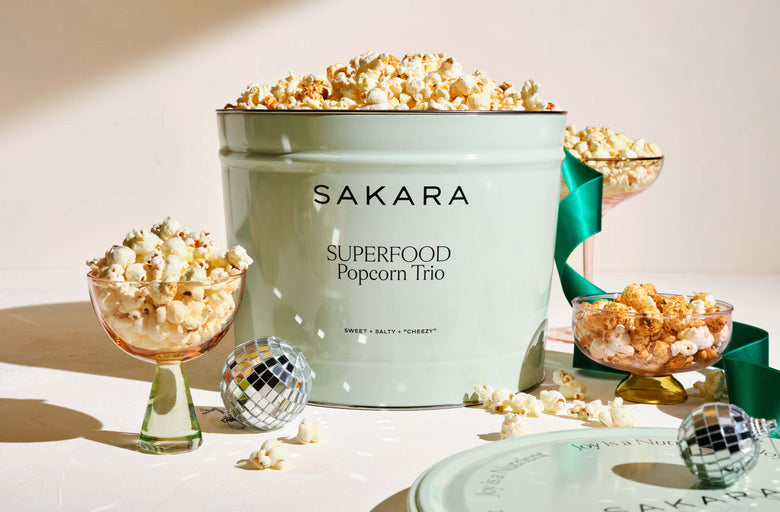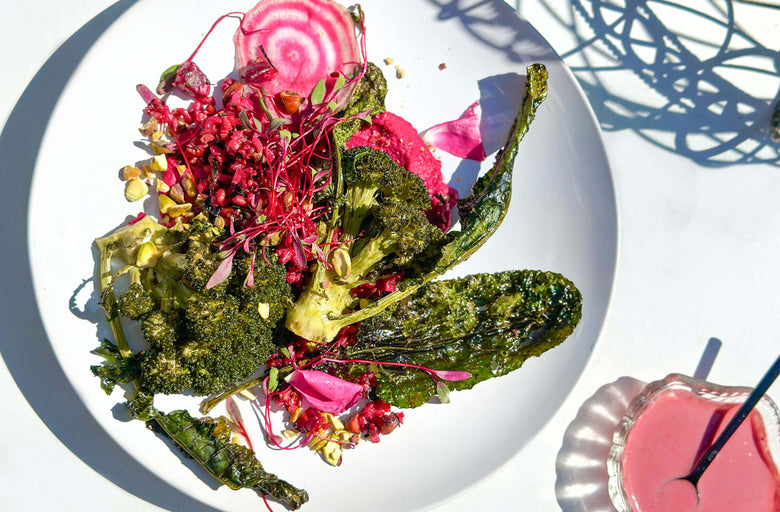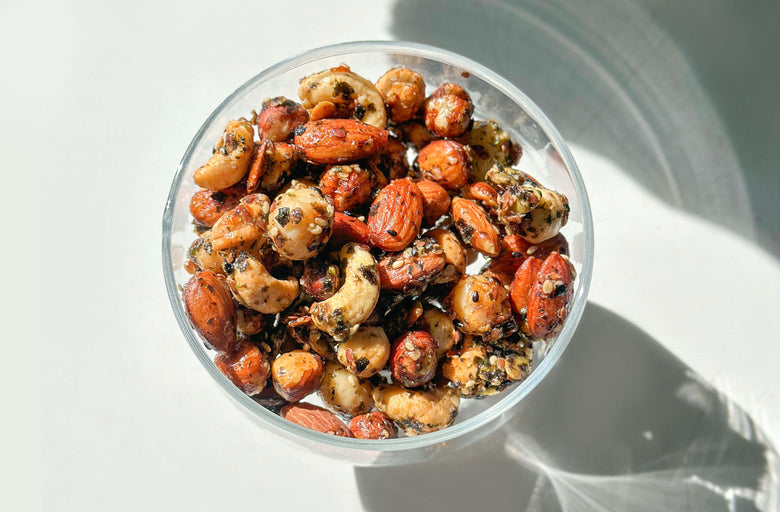Like many little girls, I slipped on a pair of pink tights at the age of three and began learning ballet. It was my foray into movement. My first group fitness class.
Through the early dance lessons, I started to understand and connect with my physical form, controlling the shapes it could make, discovering rhythm, and expressing emotions far more viscerally and deeply where words fail. Dance made me love music so much I could cry, and it brought an addictive joy that competes with peak runner’s high. Twenty-something years later, I’m in NYC and have turned a child’s hobby into a weekly ritual that connects me with talented artists throughout the city, releases stress, and strengthens my muscles while increasing flexibility. As an added bonus, I've casually honed a craft I can show off on wedding dance floors or in front of my bedroom mirror. One class in particular, MOVES, has been especially inspiring; an "underground" experience in Tribeca packed every week with city dwellers who understand dance to be deeper than exercise; it’s a chance to celebrate, strut, and strip away inhibitions.

But for a few years in between, I passed on dance. If I wasn’t going to be as disciplined as a Janet Jackson backup dancer, it seemed time could be better spent on tougher workouts. The ones in heated rooms, the classes that come with 17 accessories, or the punishing workouts led by instructors who follow a military-like ethos of breaking you down to build you back up. I fell for the larger fitness narrative that there are forms of movement, more worthy than others. That there is one ideal body shape. That exercise needs to be extreme and punishing to be transformative.
I am happy to report I’ve come through the other side of the noise and found a recipe for a strong, thriving body. It is one that comes from intention, consistency, and joy. The ingredients that it takes to build that body, are all up to me and anyone. And with the kickoff of a new decade, we have the opportunity to redefine what “working out” means. Let’s start with the name. Do we really need more “work” in our lives? We need kinetic meditation, sensorial experiences, community, medicine. Instead of the unrelenting focus on the physical benefits of movement—and the body-negative vocabulary of burning, torching, and whittling that go with it.
Instead, let’s think of exercise as an expansive ritual. Something that uplevels our emotional, mental, and spiritual bodies. This revelation is shared by some of the most talented trainers and experts who see movement with a lens of holistic individuality.
The recipe for a strong, thriving body is intention, consistency, and joy. The ingredients that it takes to build that body, are all up to me and anyone.
Melissa Wood Tepperburg, whose app MWH method is filled with 12 to 50-minute bursts of small, precise movements is based on truly nourishing and honoring the body. Her combination of Kundalini breathing, daily meditation, and squeezing in her own method while loving up on two kids is the formula for the best body of her life at 37. “The results are vastly different when you love your body,” Melissa says, “instead of coming from the place of trying to change every little thing about yourself. Feeling gratitude for the ability to move immediately shifts your perception from a place of lack to a constant state of love for your body. I know I can speak for myself when I say that abusing my body never gave me the body I desired, but changing the relationship I had with myself did.”
Even trainers like Joe Holder want society to ditch the notion that exacerbating yourself constitutes a worthy workout. He wrote about this revelation in GQ, dubbing “exercise snacks” the new way to holistically think about your body and wellness. “The point here is just to do something, to get your body used to moving,” he says. “We should get people thinking about exercise as some simple body movement, not just blasting your pecs into oblivion.” Holder says joining a fancy gym or constantly being on a stationary bike does not make for a healthy lifestyle per se. “Our wellness [can extend] into every corner of our lives,” he says. The Nike Master Trainer advises finding 15-minute pockets in your day to squat, jump rope, sprint, and generally move the body in a way you enjoy as opposed to forcing yourself into the gym for an hour if it’s not your style.
And while my style includes hair whipping and shaking my hips, it’s important for everyone to question what type of movement coaxes out their most powerful, confident selves. For my colleague, Kirby Stirland, powerlifting has brought her a sense of strength far beyond the physical. “Showing up and working hard every day to move more weight is a lot more motivating to me than doing it to shrink my waistline or burn off something I ate or look like someone’s idea of ‘better’ in a bathing suit.” For Stirland, being an athlete has become part of her identity. “That’s powerful,” she says. “And it certainly keeps me dedicated. Challenging myself with physical feats and building a strong body makes me feel confident, capable, brave—feelings that show up in other areas of my life.”
Each time I feel the pull of a new exercise gimmick or class, I think of something I read by Eva Alt, a former professional ballet dancer (and fellow MOVES attendee) who returned to the practice later in life but in a distinctly different headspace. “When you dance, you radiate life’s energy. And if you’re too worried about your turnout or how high your leg is, you’re not radiating anything,” says Alt. “I always say that dance is self-loving energy. If you’re self-conscious or don’t like yourself very much, you can’t be a great dancer.” If we infuse self-love into everything we do, including moving our body, and focus on joy in whatever way calls to us, then we might create the space to start liking our bodies and ditch all the other noise that doesn’t serve us.
Explore More






